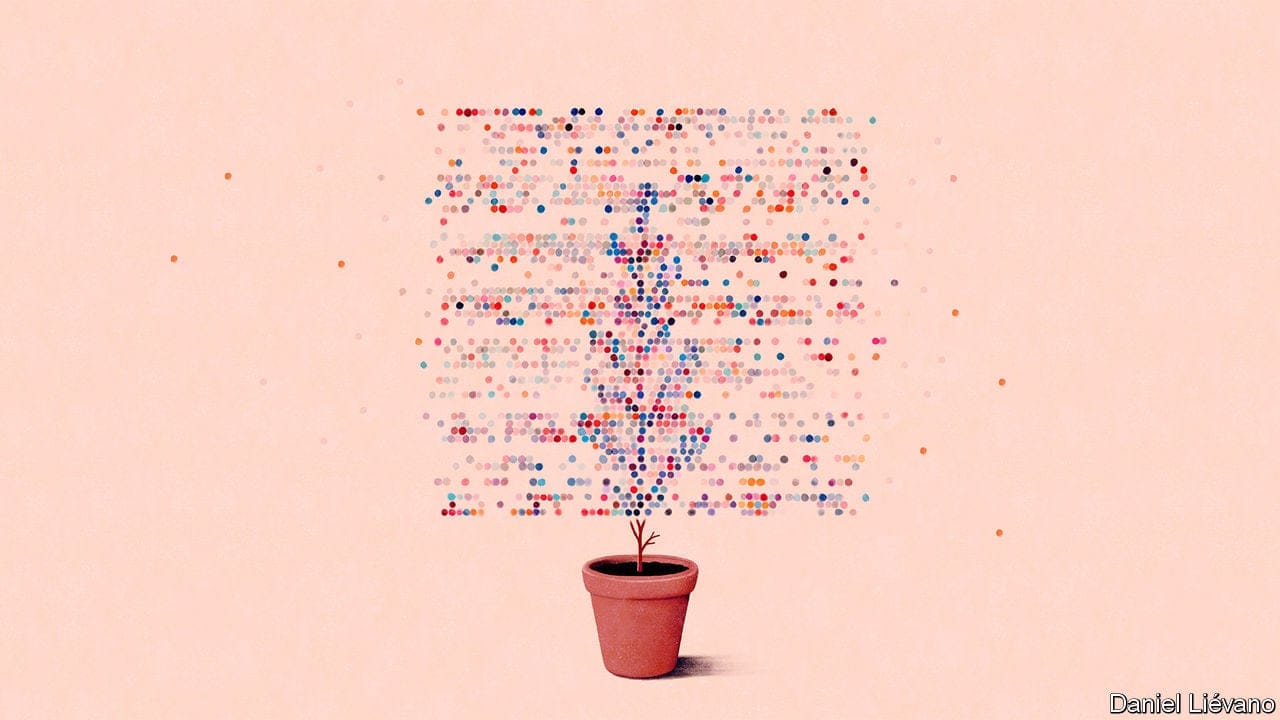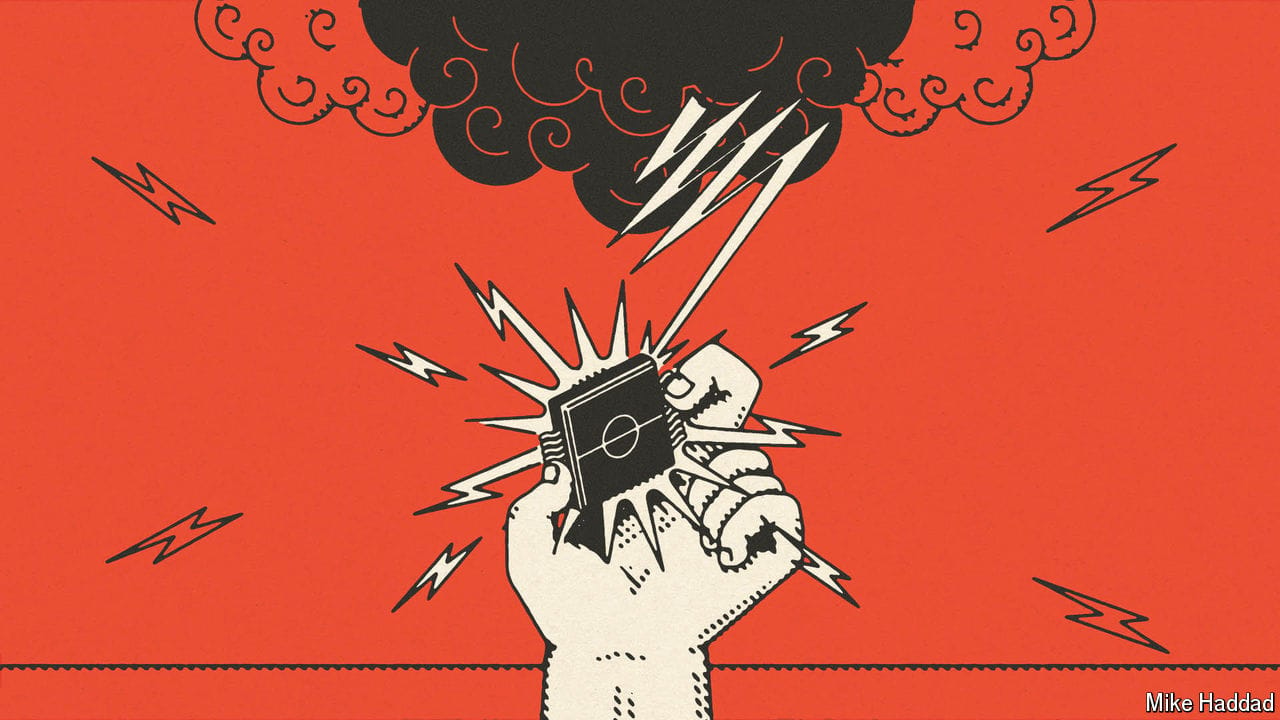How DNA and proteins work
Life can make extraordinary variety by following quite simple strategies

EVERYTHING ON Earth is made of atoms, most of which are closely packed together in the form of minerals. Life has its uses for minerals—ask a coral reef—but its essence lies in atoms arranged as distinct molecules and the way they interact.
Biological molecules are distinctive in various ways. One is that they can be very large indeed. The simple inorganic molecules that make up the air and the oceans typically contain only a few atoms, and often just two or three. Many biological molecules contain thousands. A few contain billions. These molecules are not just large, they are also precisely structured. Furthermore, those structures can be recreated with atom-by-atom accuracy.
This article appeared in the Schools brief section of the print edition under the headline “Chains and reactions”
More from Schools brief

The race is on to control the global supply chain for AI chips
The focus is no longer just on faster chips, but on more chips clustered together

AI firms will soon exhaust most of the internet’s data
Can they create more?

A short history of AI
In the first of six weekly briefs, we ask how AI overcame decades of underdelivering
Finding living planets
Life evolves on planets. And planets with life evolve
On the origin of “species”
The term, though widely used, is hard to define
Making your way in the world
An individual’s life story is a dance to the music of time
